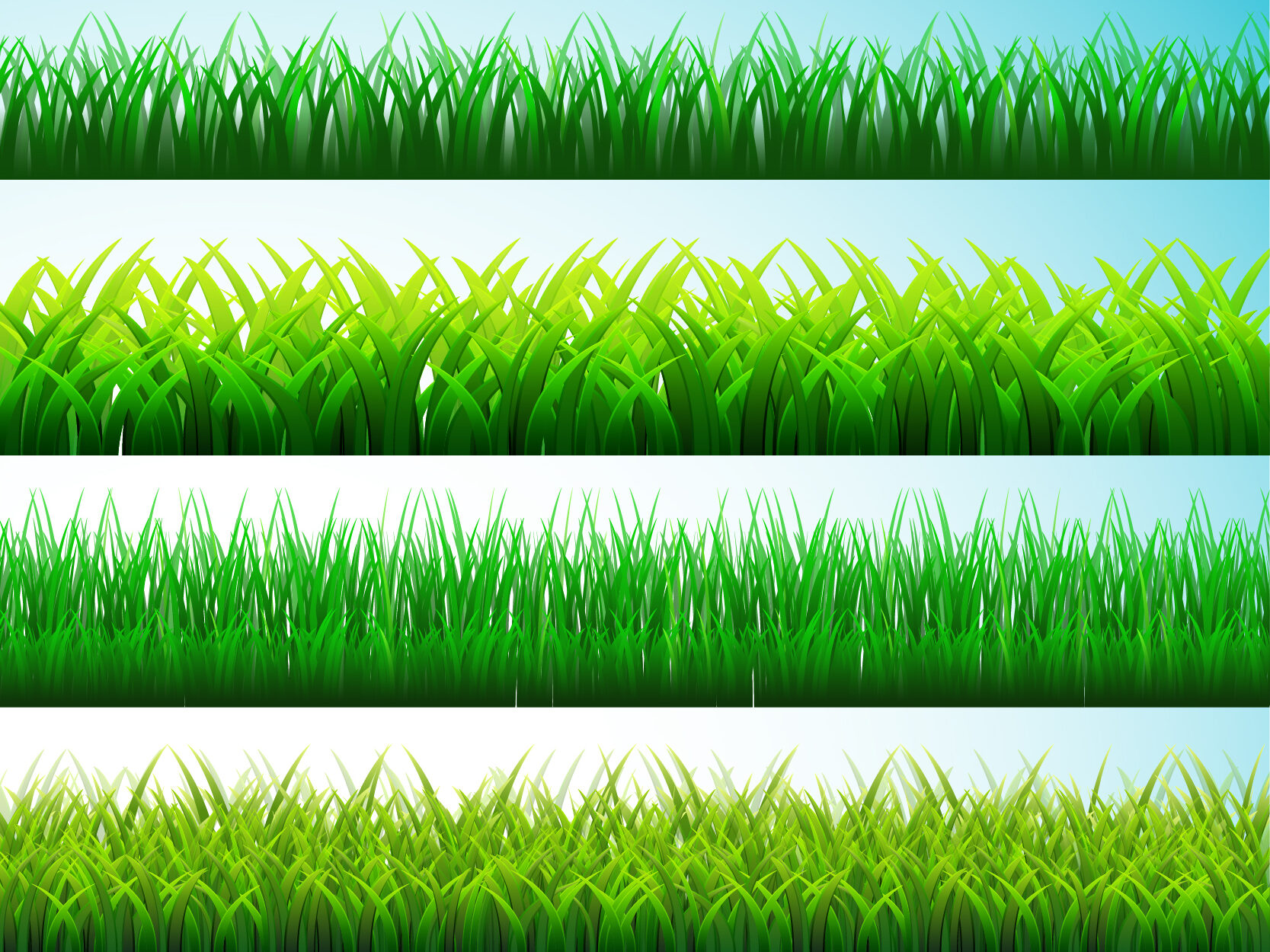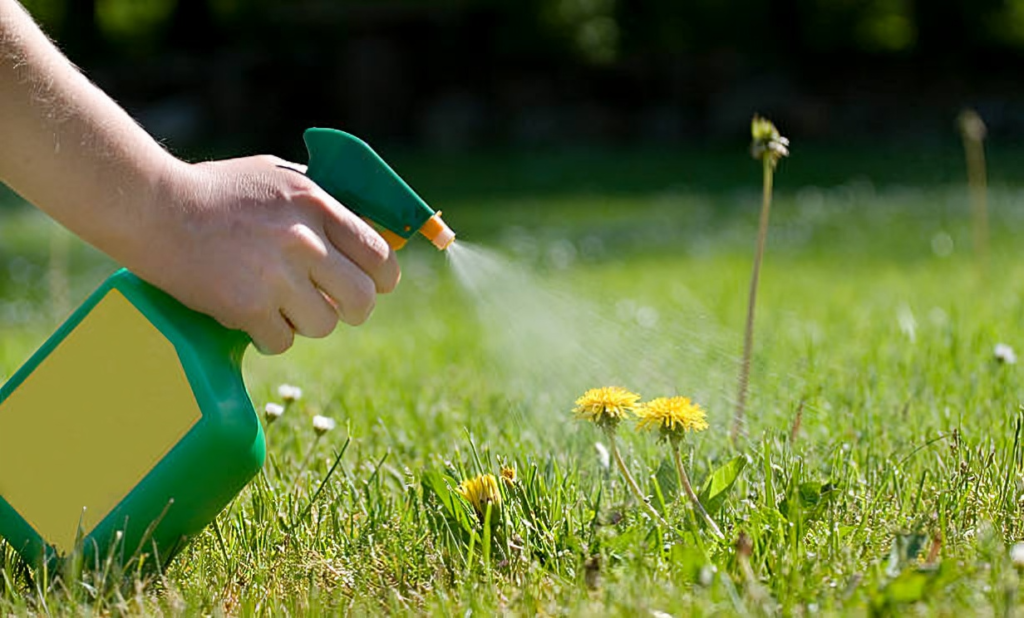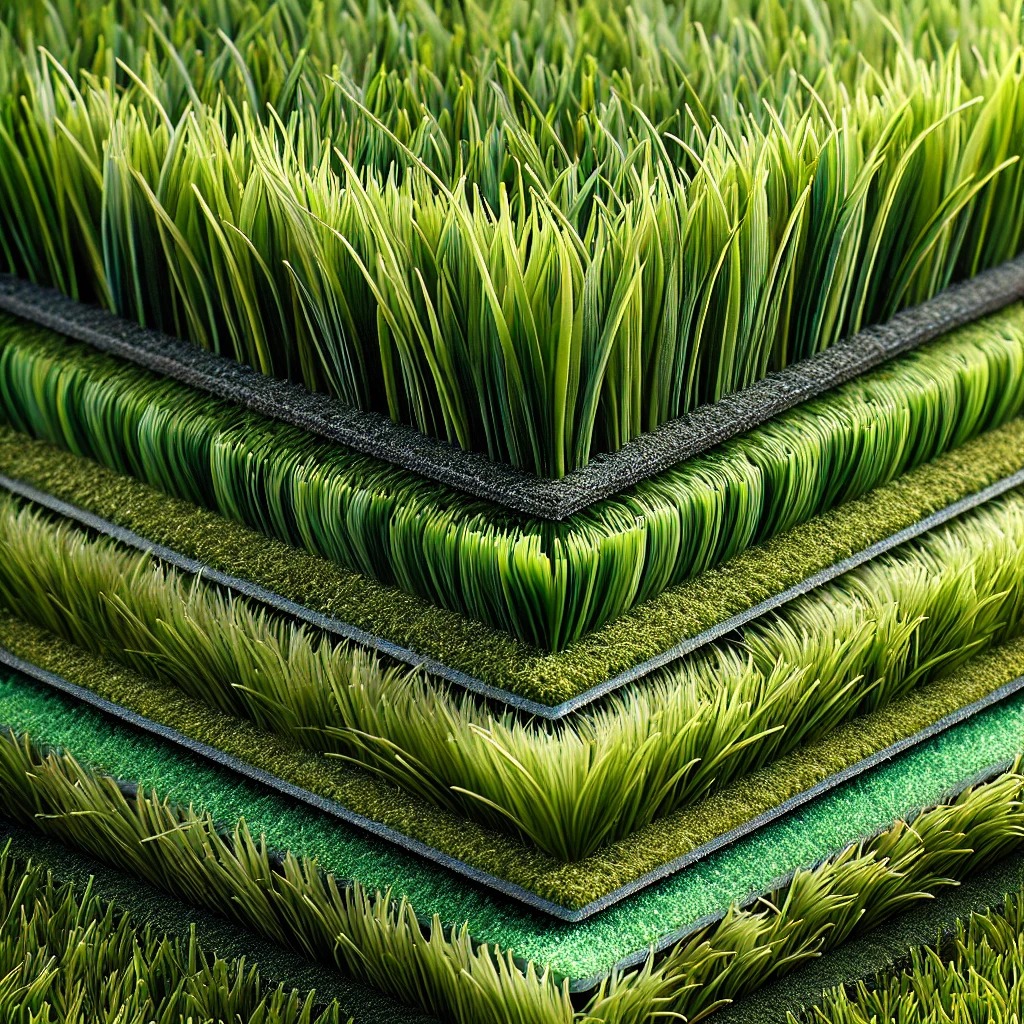
Why Thickness Holds Importance
Deciding on the best thickness for your artificial grass can significantly impact its appearance, texture, and longevity. After exploring options, I’ve discovered that opting for a thick synthetic turf typically ranging from 30mm to 40mm strikes the perfect balance for any climate.
Benefits of Thicker Turf
The thickness of artificial grass plays a crucial role. A thicker artificial grass not only appears vibrant and lifelike but also offers superior cushioning, ensuring comfort for everyday use. In any location, this thickness helps the turf maintain its shape and durability without any maintenance.
Thickness and Functionality
I’ve come to realize that the decision on artificial grass thickness isn’t just about looks—it’s also about functionality. Thinner turfs, ranging from 10mm to 20mm, may work well for areas like balconies but lack the comfort and resilience required for larger spaces or high-traffic areas. Conversely, thicker turfs within the 30mm to 40mm range provide better padding and a luxurious feel underfoot, making them ideal for households with children and outdoor recreational spots.
Material Quality and Durability
A key factor to consider is the type of material and how the artificial grass is made. Better quality synthetic turf, which has more tufts per meter, tends to be denser and longer-lasting. This allows it to endure the play of children or pets while maintaining a lush appearance throughout the year.
Selecting the Color and Maintenance
Apart from thickness, the color of your artificial grass can also influence its look and how well it fits into your outdoor area. Opting for a shade of green that isn’t too vibrant ensures that your lawn appears welcoming and seamlessly blends with its surroundings.
Maintenance is another aspect to consider. While artificial grass requires less upkeep compared to natural grass, regular cleaning and occasional brushing are still essential to maintaining its optimal appearance. Opting for denser grass may require more maintenance, but the advantages in terms of comfort and durability outweigh the additional time invested.
Conclusion: best thickness for artificial grass
After weighing all options and taking into account the requirements of my space, I have determined that medium-thick artificial grass ranging between 30mm and 40mm is the ideal choice. It offers a balance of comfort, durability, and visual appeal, making it a practical and attractive solution for any residence in any area.
FAQs about the Best Thickness for Artificial Grass
What is the ideal thickness for artificial grass for residential lawns?
The ideal thickness for residential lawns is typically between 30 and 40 mm. This range provides a natural look and comfortable feel, perfect for everyday use and aesthetic appeal.
Does thicker artificial grass offer better durability?
Generally, thicker artificial grass can offer better durability and cushioning, making it suitable for high-traffic areas. However, it’s also essential to consider the density and quality of the turf fibers.
Is there a specific thickness recommended for pet owners?
For pet owners, a thickness of around 25–30 mm is often recommended. This provides a balance of comfort and easy maintenance, while also being resilient enough to withstand pet activity.


